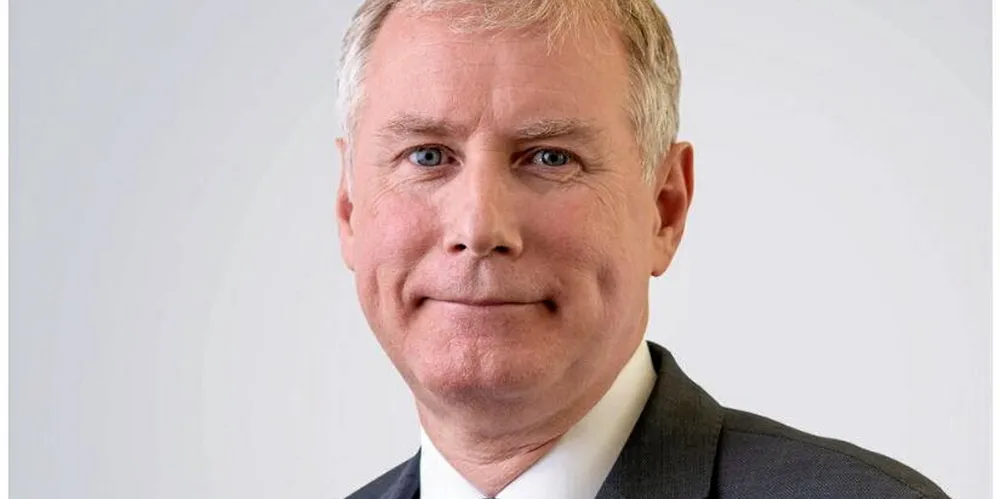Floating wind duo Flotation and Vargronn scope North Sea oil decarbonisation giant
Partners hand in outline for 1.4GW Cenos array, which would slash emissions from eight hydrocarbon complexes by some 2 million tonnes, while sending 5.5TWh a year of clean power to UK grid

Scottish-Norwegian floating wind duo Flotation Energy and Vargronn has handed in its scoping report for the Cenos project, a 1.4GW deepwater development that would decarbonise oil & gas production from eight fields in the central North Sea, while sending huge volumes of surplus energy on into the UK grid.
First power from the project, to be built 200km off Aberdeen in almost 100 metres of water, is slated for 2028, according to the report, submitted today (Thursday) to Marine Scotland, with expectations that 5.5TWh would be fed directly into the onshore transmission network annually once in operation.
“Cenos will make a significant contribution to Scotland’s net zero target, removing 2 million tonnes of carbon from our energy system each year. The scale of the project is huge. It will deliver billions of pounds [sterling] of new infrastructure investment and help create thousands of local jobs, helping to make the energy transition a reality,” said Flotation CEO Lord Nicol Stephen.
The developers said they were currently “working in partnership” with the consented NorthConnect interconnector project on a plan that would see Cenos production transported via its planned onshore converter station, near Boddam, and on to the regional Peterhead substation.
Brought online on schedule – a final investment decision is to be taken in 2026 – Cenos would be one of the largest floating wind plants on the planet.
Vargronn CEO Olav Hetland, said: “Across Europe, we are seeing a race to scale floating wind farms and Cenos is ready to be a frontrunner in delivering commercial-scale floating wind power.
“Our project is designed to deliver first power as soon as possible to help meet the decarbonisation goals of the UK oil and gas sector while simultaneously kick-starting the development of a world-leading local supply chain for floating offshore wind centred on the North Sea.”